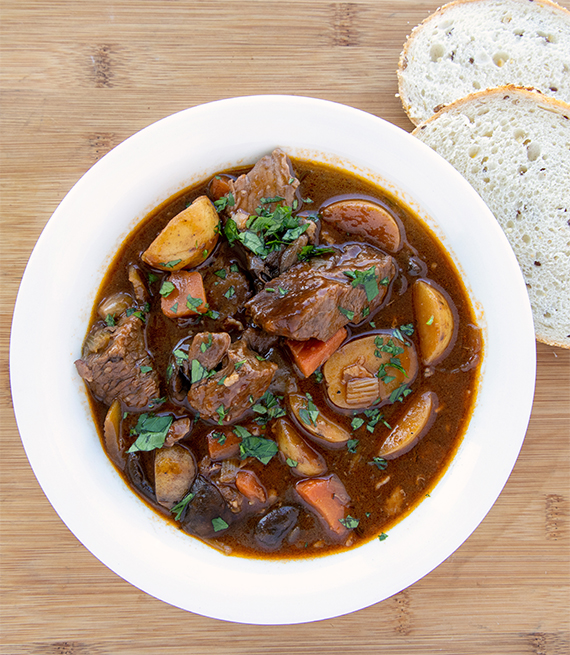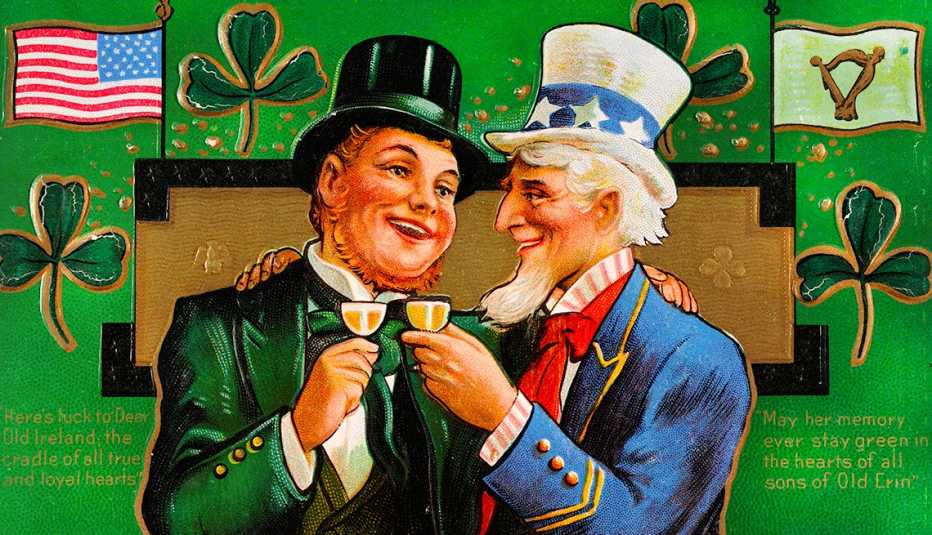Staying Fit
There’s no need to croon a sad Irish ballad this St. Patrick’s Day. The festivities are plentiful and there are lots of ways to celebrate. That’s the luck of the Irish for you.
“Just because you can’t do what you normally do doesn’t mean that you can’t celebrate,” says Mary Moriarty, 68, who lives in Tempe, Arizona. Her mother was born in Ireland’s County Donegal, and her paternal grandparents were from Ireland as well.


AARP Membership— $12 for your first year when you sign up for Automatic Renewal
Get instant access to members-only products and hundreds of discounts, a free second membership, and a subscription to AARP the Magazine.
“For the Irish,” she says, “St. Patrick’s Day is our high holy day.”
So don some green garb and get ready to observe the foremost patron saint of Ireland.
Cook some authentic food
Make corned beef and cabbage the star of the menu. The combo may well be the best-known fare served on St. Patrick’s Day, an association that dates back to the 1800s when the Irish immigrated to the United States. They could afford low-cost corned beef, which was easily available and much cheaper than bacon — the closest food to the salted pork they ate back home. Cabbage was inexpensive as well.
Irish soda bread can be quick and simple to make, as are buttered carrots, a classic side dish.
It’s tradition for Dennis Littley to whip up the same meal this time every year. While in Killarney for a conference in 2017, he made friends with a tavern owner who shared his recipe for beef stew made with Guinness — a dark, dry stout first sold in 1778 and now popular worldwide.
Spoken like the executive chef he is, the 69-year-old Littley, from Kissimmee, Florida, advises: “Think of recipes as guidelines and adjust them to include ingredients you enjoy eating and that you have on hand. This will help you find the joy of home cooking.”


Guinness Beef Stew
Ingredients
- 2 tablespoons olive oil (more if needed)
- 2½ pounds beef chuck cut into 1½- to 2-inch cubes
- 3 cloves garlic minced
- 2 cups pearl onions or any onion, roughly chopped
- 6 ounces bacon sliced in small strips
- 3 tablespoons all-purpose flour
- 14.9 ounces Guinness beer
- 4 tablespoons tomato paste
- 3 cups beef stock
- 1 cup carrots peeled and cut into chunks
- 1 cup celery rough cut
- 2 cups mushrooms thickly sliced
- 3 sprigs thyme
- 3/4 teaspoon sea salt (to taste)
- 1/2 teaspoon black pepper (to taste)
- 2 cups baby potatoes cut in half (can substitute any type of potato)







































































